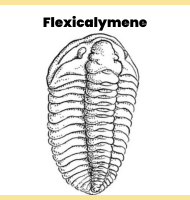In Depth
Many people often think that Sinraptor will be another dromaeosaurid dinosaur, when in actual fact it was a medium sized theropod of a similar build to Allosaurus. This is not the first instance that a non dromaeosaurid dinosaur has been given the inclusion of ‘raptor’ in its name with others such as Fukuiraptor also proving to be more ‘standard’ theropods.
Sinraptor was discovered during a joint Chinese/Canadian expedition, and the type species was named in honour of the eminent Chinese palaeontologist Dong Zhiming. The naming of the second Sinraptor species, S. hepingensis, came about after new material for Yangchuanosaurus was found to more closely resemble Sinraptor than the Yangchuanosaurus holotype.
Although not the largest of the Asian theropods of the time, Sinraptor would have likely been near the top of the food chain with only larger carnivores such as Yangchuanosaurus being able to challenge it. In this position it would have likely hunted smaller dinosaurs and possibly juvenile sauropods before they grew too big to be attacked.
Further Reading
– A new carnosaur (Dinosauria, Theropoda) from the Jurassic of Xinjiang, People’s Republic of China. – Canadian Journal of Earth Sciences 30(10-11):2037-2081. – P. J. Currie & X. -J. Zhao – 1994. – Dental anatomy of the apex predator Sinraptor dongi (Theropoda: Allosauroidea) from the Late Jurassic of China. – Canadian Journal of Earth Sciences. 57 (9). – Christophe Hendrickx, Josef Stiegler, Philip J. Currie, Fenglu Han, Xing Xu, Jonah N. Choiniere & Xiao-Chun Wu – 2020.










